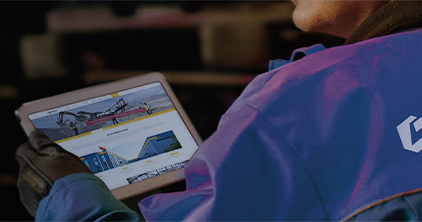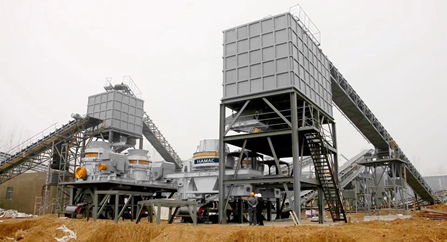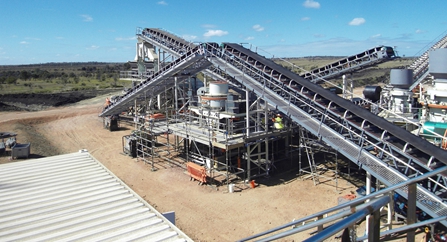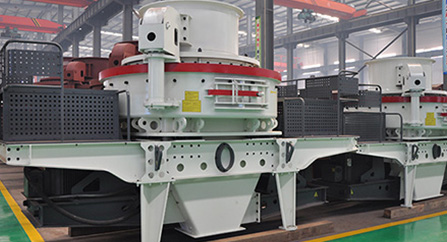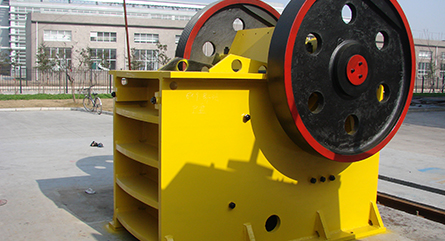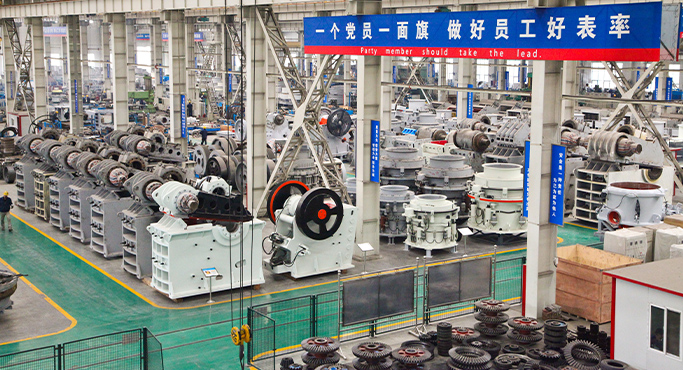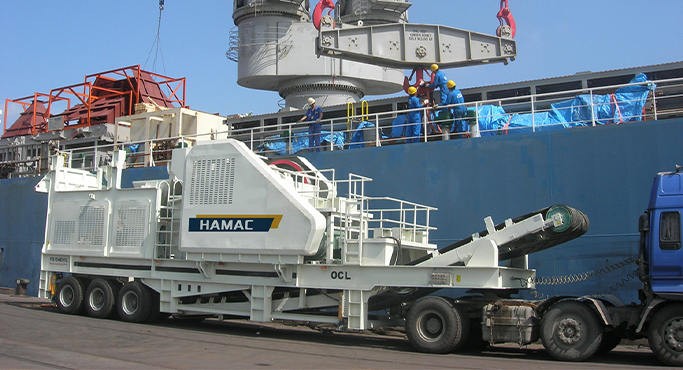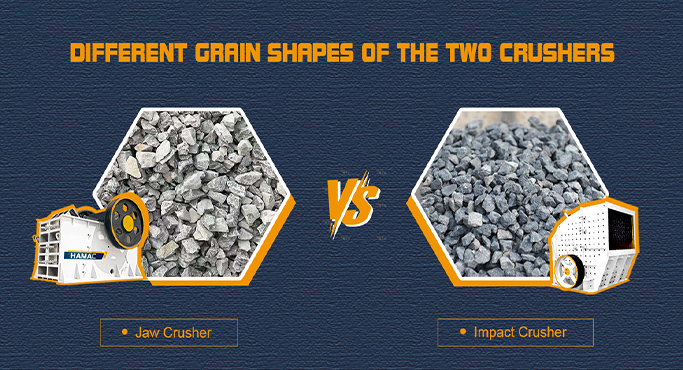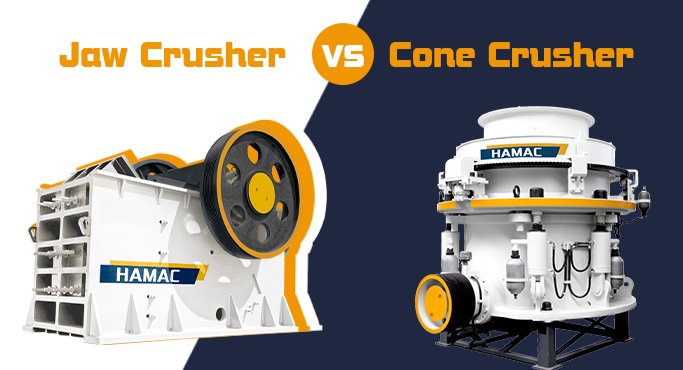Stone Crusher Plants - Transform Stones into Valuable Resources
Stone crusher plants are industrial machines used to crush stones and rocks in construction and mining operations. They consist of several machines, including primary crushers, secondary crushers, screens, feeders, and conveyors. Stone crusher plants are widely used to crush and screen various materials, such as limestone, granite, and basalt.
Stone crusher plants play a crucial role in the construction and mining industries. They crush raw materials into smaller pieces for further processing or direct use in construction. The crushed stones are used in various applications such as building roads, bridges, houses, and other infrastructure. Additionally, stone crusher plants help reduce the waste generated in mining operations by recycling the waste materials.
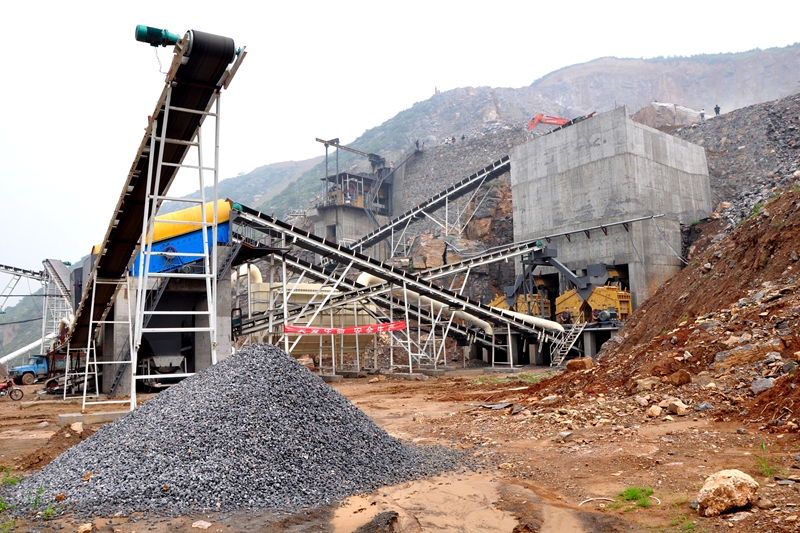
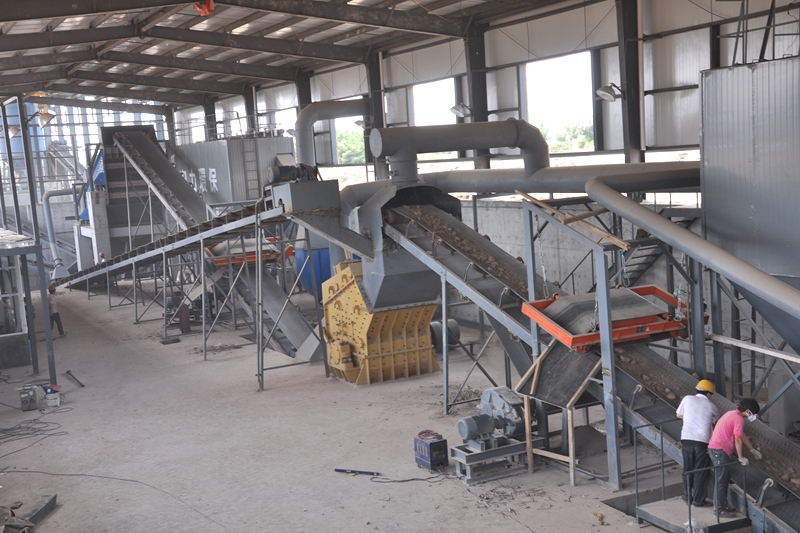
Stone Crusher Plants: Setup and Operation
Setting up a stone crusher plant involves several important considerations. First, the location of the plant should be chosen carefully, taking into account factors such as access to raw materials, transportation, and market demand. Second, the plant layout should be designed to ensure efficient material flow and easy operation. Third, the selection of equipment should be based on the specific requirements of the project, including the type and size of the stone crusher machines.
The operation and maintenance of a stone crusher plant are crucial for ensuring its efficient performance and long service life. Regular maintenance includes inspections, cleaning, and replacement of worn-out parts. Additionally, proper training of operators is essential to ensure safe and effective operation of the plant.
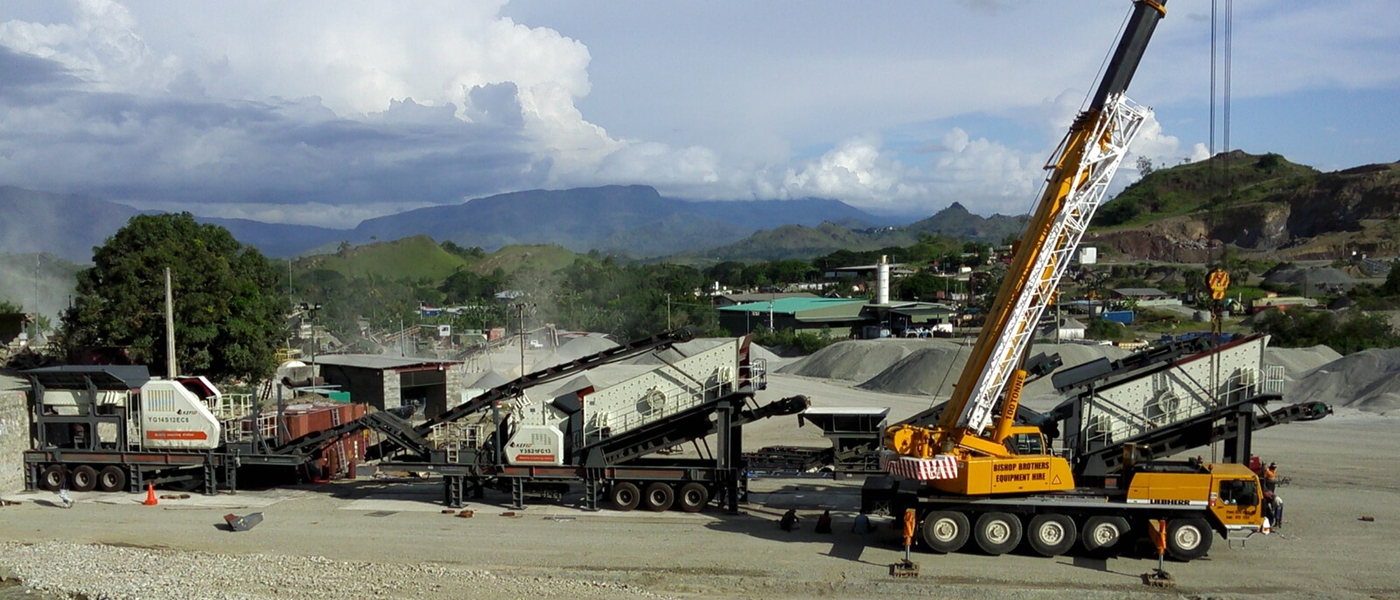
Selection Criteria for Stone Crusher Plants
When choosing a stone crusher plant, several factors need to be considered.
- Types of stone and their properties: Different types of stones have different properties that affect the crushing process. For example, limestone is relatively soft and easy to crush, while granite is harder and requires more powerful crushing equipment.
- Production capacity and efficiency: The production capacity of a stone crusher plant refers to the amount of material it can process per hour. The efficiency of the plant is determined by how well it can utilize its components to achieve the desired output.
- Cost and budget: The cost of a stone crusher plant includes the initial investment for purchasing the equipment, installation costs, and operational costs such as electricity, maintenance, and labor.
- Environmental impact and sustainability: The environmental impact of a stone crusher plant includes noise pollution, dust emissions, and waste generation. It is important to choose equipment that minimizes these impacts and is energy efficient.
Stone Crusher Plant Components and Working Principle
Components of stone crusher plants
A typical stone crusher plant includes the following components:
- Feeders: Used to feed raw materials into the crusher.
- Primary Crusher: The first stage in the crushing process. Typically a jaw crusher.
- Secondary Crusher: Further reduces the size of the stones. Could be a cone crusher or an impact crusher.
- Screens: Used to separate different sizes of crushed stones.
- Conveyors: Used to transport materials between different stages of the crushing process.
Working principle of stone crusher plants
The working principle of a stone crusher plant is quite simple. Raw materials are first fed into the primary crusher through a feeder. The primary crusher then crushes the stones into smaller pieces. The crushed stones are then conveyed to the secondary crusher where they are further reduced in size. After that, the stones are passed through screens to separate them into different sizes. The end products are then ready for use.
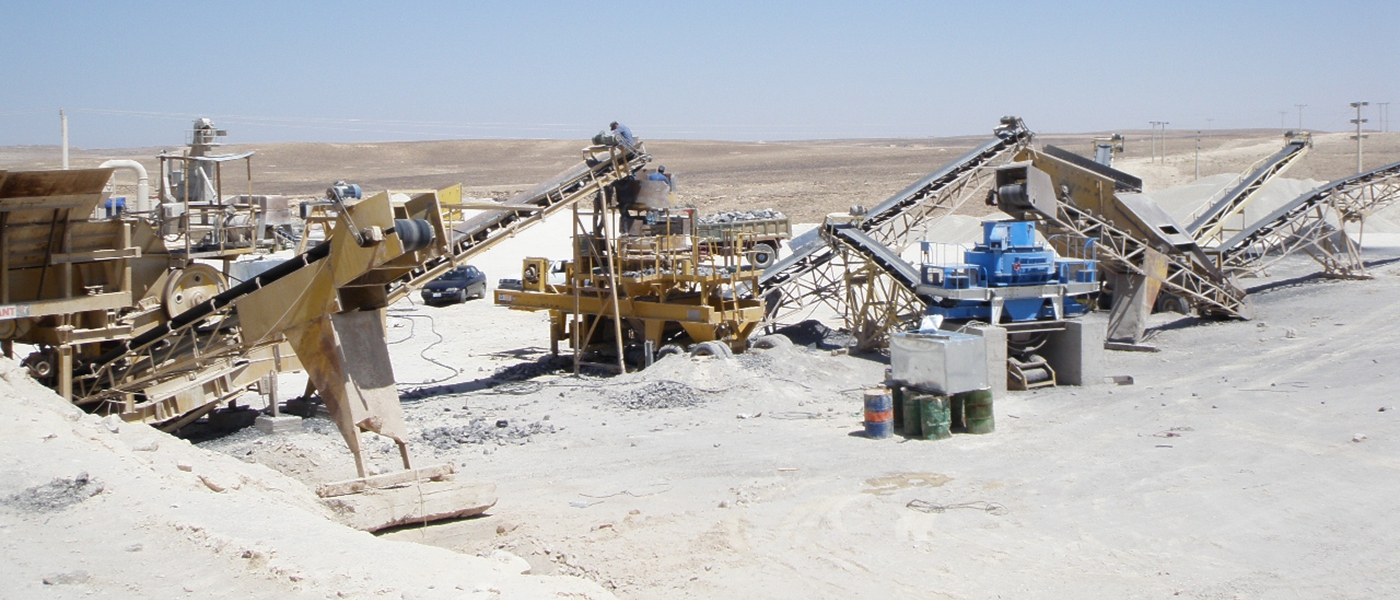
Stone Crusher Plant Operation and Maintenance
Operation Guidelines for Stone Crusher Plants
- Regular inspections: Regularly check all stone crusher plant components for any signs of wear and tear.
- Proper feeding: Ensure that the raw materials are fed evenly into the crusher to avoid overloading.
- Controlled operation: Monitor the crusher to ensure that it is running smoothly.
Maintenance Tips for Stone Crusher Plants
- Lubrication: Regularly check and change the lubricants in all moving parts of the crusher.
- Replacement of worn parts: Replace worn parts in time, such as jaw plates, breaking hammers, etc.
- Cleaning: Keep the crusher and its surroundings clean to prevent the accumulation of dust and debris.
Safety Measures in Stone Crusher Plant Operations
- Personal protective equipment: Ensure that all operators wear appropriate personal protective equipment such as helmets, safety glasses, and earplugs.
- Training: Provide adequate training to all operators to ensure safe operation of the stone crusher plant.
- Emergency procedures: Establish clear emergency procedures and ensure that all operators are familiar with them.
Stone crusher plants are essential in the construction and mining industries. They are used to crush various types of stones and rocks into smaller pieces for construction and other applications. The choice of stone crusher plant depends on factors such as the type of stone, production capacity, cost, and environmental impact.
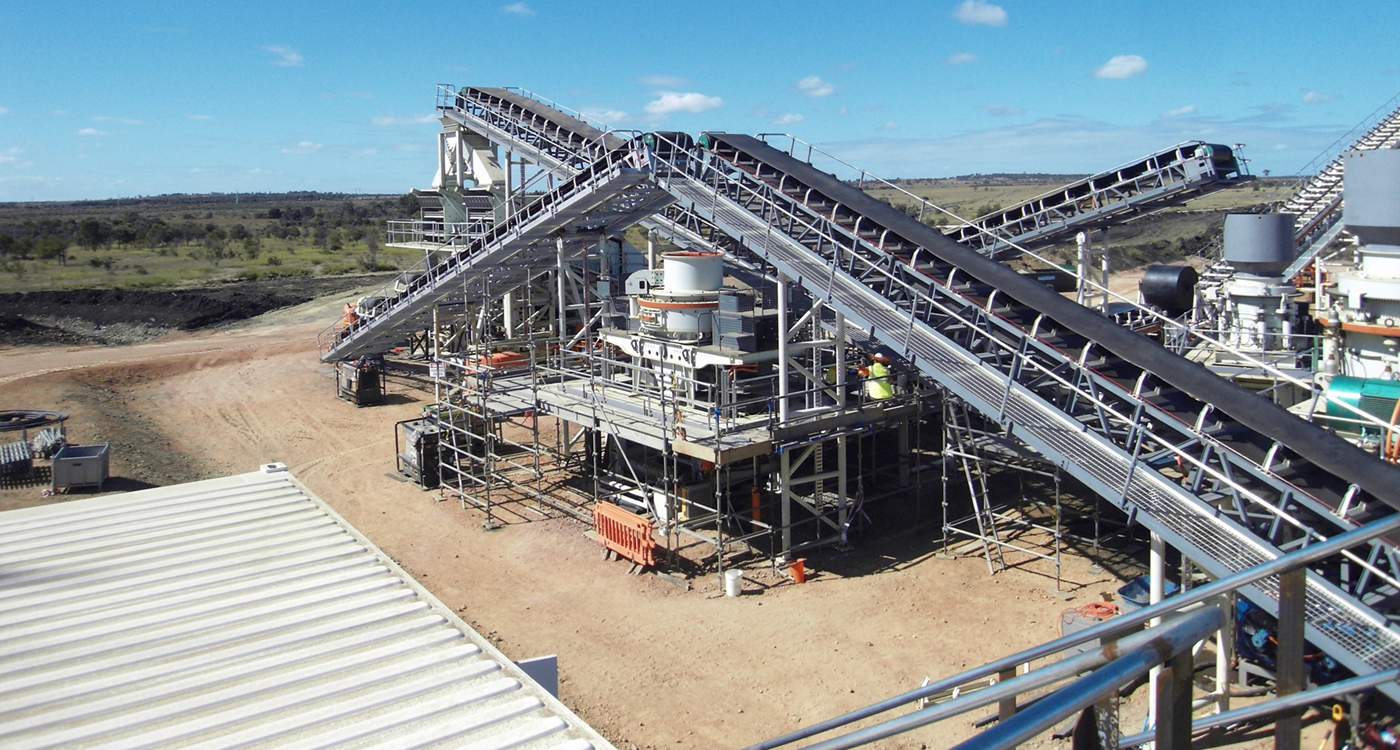
The future of stone crusher plant technology lies in increasing automation, improving energy efficiency, and reducing environmental impact. New technologies such as remote monitoring and control systems will make stone crusher plants more efficient and cost-effective to operate. Additionally, there will be a focus on developing more eco-friendly machines that reduce noise and dust pollution.






